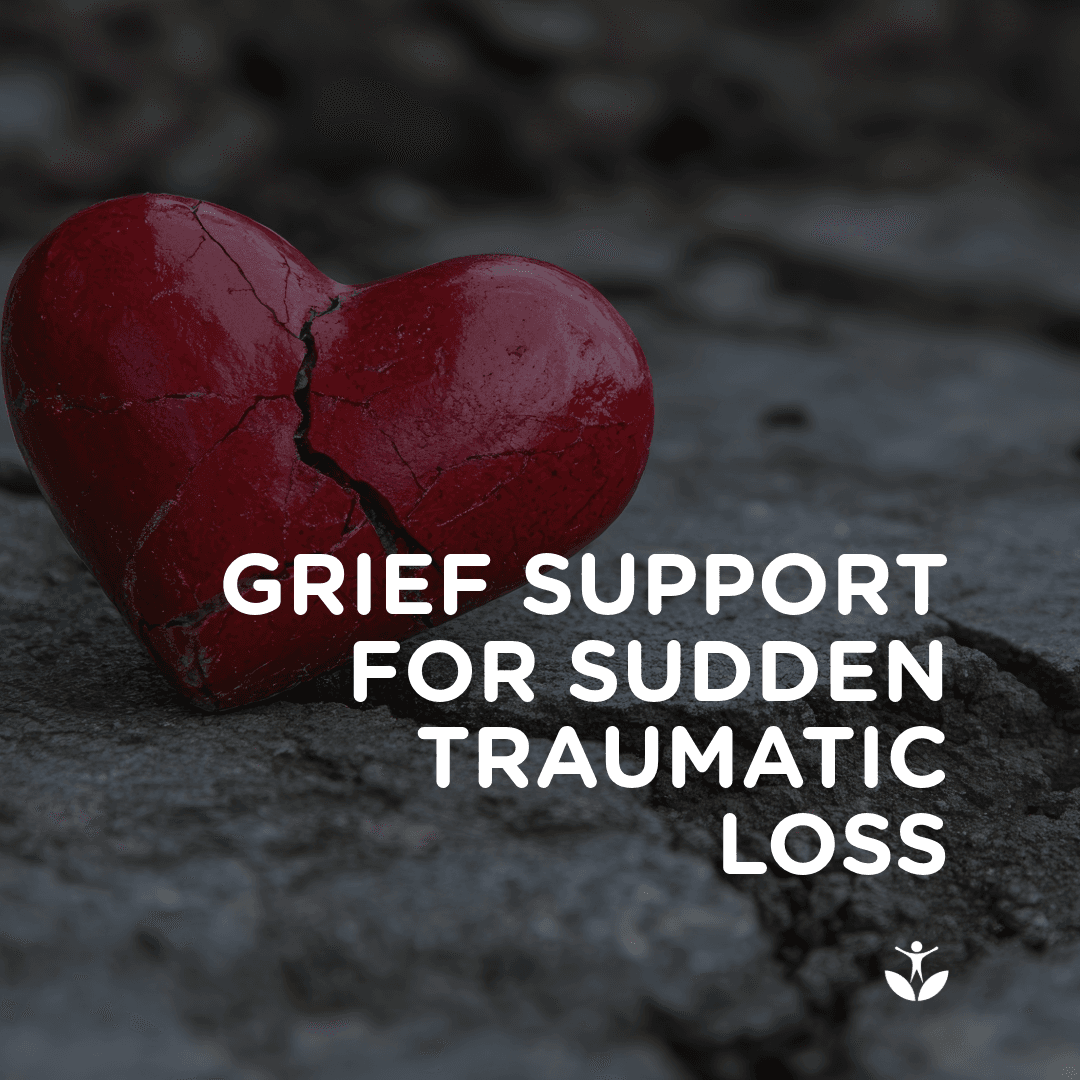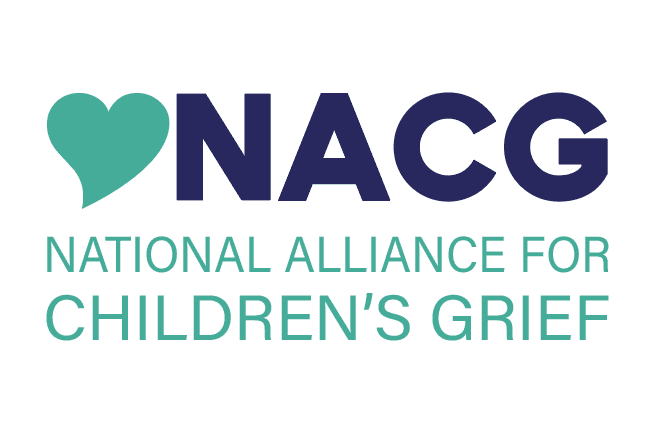
Navigating the aftermath of a sudden, traumatic loss can feel overwhelming, both for the grieving individual and those offering support. The impact of this type of loss can be challenging and leave grieving individuals with the need for specialized grief support. This article provides insights into understanding and responding to a devastating loss that occurs unexpectedly.
Different Types of Crisis:
When navigating a sudden traumatic loss, it is important to understand the impact and significance of the loss on the individual and at the community level. Crises can be categorized into two types: personal and community. Personal crisis involves the direct impact that an individual suffers in their life after experiencing a loss. This can be seen in situations where a loved one is directly grieving an individual. When someone is going through a personal crisis, they may feel intense emotions related to the loss including anger, depression, anxiety, frustration, and other feelings. The trauma that occurred is deeply personal and can have long-lasting effects.
Navigating traumatic loss in a community adds an additional layer of impact of the crisis to the personal grief that one may face. When an event largely impacts a community, additional complications are added to the grieving process where individuals are not only tasked with coping with their reactions, but also the larger implications for their community. When a loss hits an entire community, it can feel destabilizing, often having implications that deeply impact the life experiences of the community and those surrounding it. For example, a school shooting can highlight areas of discrimination or injustice and that larger changes need to be made, and it can also decrease feelings of safety, increasing hypervigilance and anxiety within the community. This larger impact can add extra layers to the grieving process for each individual who has experienced a loss.
Understanding these different types of crises can help you figure out how to best support grieving individuals and communities.
Responses to Crisis
The emotional and physical reactions to a crisis can vary; however, common emotional responses include anxiety, fear, sadness, anger, disbelief, and shock. Some individuals may experience physical symptoms as well such as a heightened stress response, difficulty sleeping, stomach distress, or changes in appetite. It may also present as increased muscle tension in the body. It is essential to remember that these reactions are common after a traumatic loss and that everyone experiences grief differently. It is also important to look out for warning signs and risk factors for when an individual may need additional support.
Warning Signs and Seeking Additional Support
Recognizing the signs of distress in oneself or others is crucial after a traumatic loss. Some warning signs to look out for include:
Withdrawal from social activities and support systems
Changes in appetite or sleep patterns
Increased irritability or aggression
Difficulty concentrating or making decisions
Thoughts of self-harm or suicide
Increased risk behaviors
If you or someone you know is experiencing any of these signs, it’s crucial to seek help. In moments of crisis, especially when self-harm or suicidal thoughts arise, you can reach the National Suicide Prevention Lifeline by calling 988. Building a broader support network can also be valuable. This might involve connecting with a therapist for individual counseling or joining a support group where others can empathize with and understand the grief experience.
Providing Support
In addition to understanding the warning signs for someone needing additional support, you can also use some of the ideas below for additional ways to help a grieving individual or community at-large.
Speak to Support Systems: Encourage the individual to reach out to family, friends, or other support systems. A strong network can provide invaluable comfort and guidance. You can also use this as an opportunity to build a system for an individual who may be lacking connections by providing them with resources to support groups. You may also discover or organize an activity in the community that may help the individual support others in need such as a community drive for supplies and offer resources to support them.
Safety Planning: If there are safety concerns, creating a plan can be beneficial. This involves identifying potential triggers, developing coping strategies, and establishing a support system for the individual. This can be helpful for individuals who may be re-exposed to triggers from their loss or belong to a community that has been victimized. Creating a plan for these individuals or communities removes barriers to seeking support by facilitating the process and securing assistance from mental health professionals to address safety concerns.
Problem-Solving: Help the individual break down overwhelming tasks into smaller, manageable steps. Offering practical assistance can alleviate some of the burden that they may be experiencing. For example, if a child is having trouble going back to school, help them problem-solve potential barriers and assist them with creating a plan into more basic steps. Tasks that may seem simple in everyday life can feel very overwhelming to grievers.
Self-Care and Mindfulness: Encourage self-care practices such as meditation and mindfulness techniques. Mindfulness techniques can help manage stress and anxiety and these can be integrated into one’s routine in a variety of ways. It can be a longer meditation or yoga practice or it can even be something as small as mindfully drinking a cup of tea in the morning. Anything that helps with feeling present and in the moment may help grievers refocus to feel more connected with their minds and bodies. You may also organize a group mindfulness practice in the community encouraging individuals to engage in self-care.
Provide a Space for Mourning: Create a safe and supportive environment where the individual can express their grief without judgment. Allow them to share their memories and emotions and normalize the complexity of their experience. This can be a place to facilitate a community event where grievers can mourn their loss together or connect grievers to support groups where they can mourn in a community setting.
Remember, healing from traumatic loss takes time. There is no right or wrong way to grieve. By offering understanding, patience, and support, you can make a significant difference in someone's life. By understanding the complexity of their loss, you can provide comprehensive support to grievers.
The Children's Bereavement Center “CBC” is a 501(c)(3) nonprofit organization providing FREE grief support groups for all ages (4+). Lift From Loss® is a division of CBC providing support for young adults and adults. For additional resources, visit our website at liftfromloss.org. To register for our free virtual grief support groups, call us at (888) 988-5438 or e-mail support@childbereavement.org.









